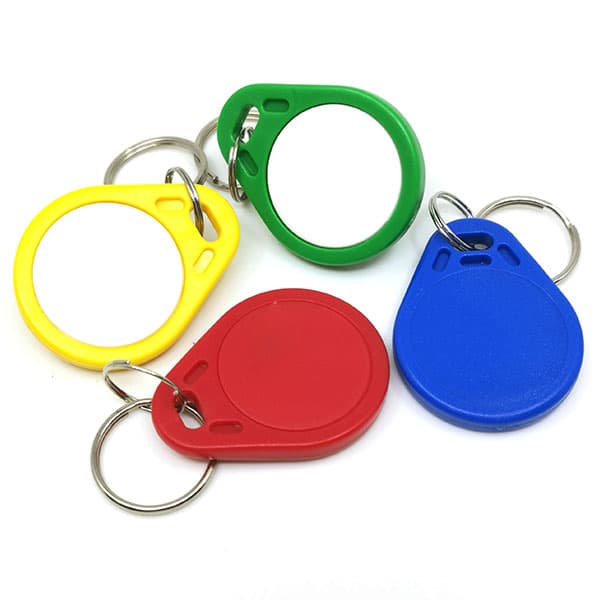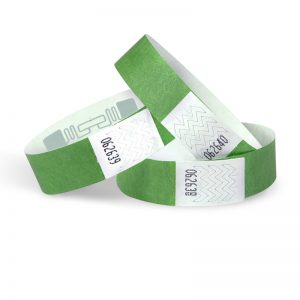radio frequency identification
September 9, 2025
radio frequency identification proposal! radio frequency identification official support.GOV,radio frequency identification active! <h1>rfid iso15693 Frequency Identification: The Technology Reshaping Modern Industries</h1><h2>Introduction to RFID Technology</h2>
Radio frequency identification (RFID) represents a transformative wireless communication technology that utilizes electromagnetic fields to automatically identify and track tags attached to objects. Unlike traditional barcode systems requiring line-of-sight scanning, RFID technology enables contactless data transmission through radio waves, making it superior for numerous applications across various sectors. The fundamental components of any RFID system include tags (which contain electronically stored information), readers (that interrogate tags), and backend systems (for data processing and management). This technology has evolved from military identification systems during World War II to becoming an indispensable tool in supply chain management, retail, healthcare, and smart city infrastructure.

<h2>How RFID Systems Operate</h2>

<h3>Basic Working Principle</h3>
The operational mechanism of radio frequency identification systems involves three sequential phases: energy transfer, data transmission, and processing. When an RFID reader emits radio waves, nearby tags capture this energy through their antennas, powering their microchips. Active tags contain their own power source and can transmit signals over longer distances, while passive tags rely entirely on the reader's emitted energy. Once energized, the tag modulates the radio waves with its stored data and reflects this modulated signal back to the reader. The reader then demodulates this signal, converts it into digital information, and transmits it to a computer system for interpretation and action.

<h3>Frequency Spectrum and Performance</h3>
Radio frequency identification systems operate across multiple frequency bands, each offering distinct advantages. Low-frequency (LF) systems (125-134 kHz) provide short reading ranges but better penetration through materials like water and metal. High-frequency (HF) systems (13.56 MHz) balance reasonable read ranges with good data transfer rates, making them ideal for smart cards and library systems. Ultra-high-frequency (UHF) systems (860-960 MHz) offer extended read ranges up to 12 meters but are more susceptible to environmental interference. The selection of appropriate frequency depends entirely on specific application requirements regarding range, accuracy, and environmental conditions.
<h2>Com
 The Use of RFID for Human Identity Verification
The Use of RFID for Human Identity Verification
Phone: +86 19925232774
Hours: Mon-Fri 9:00AM - 6:30PM